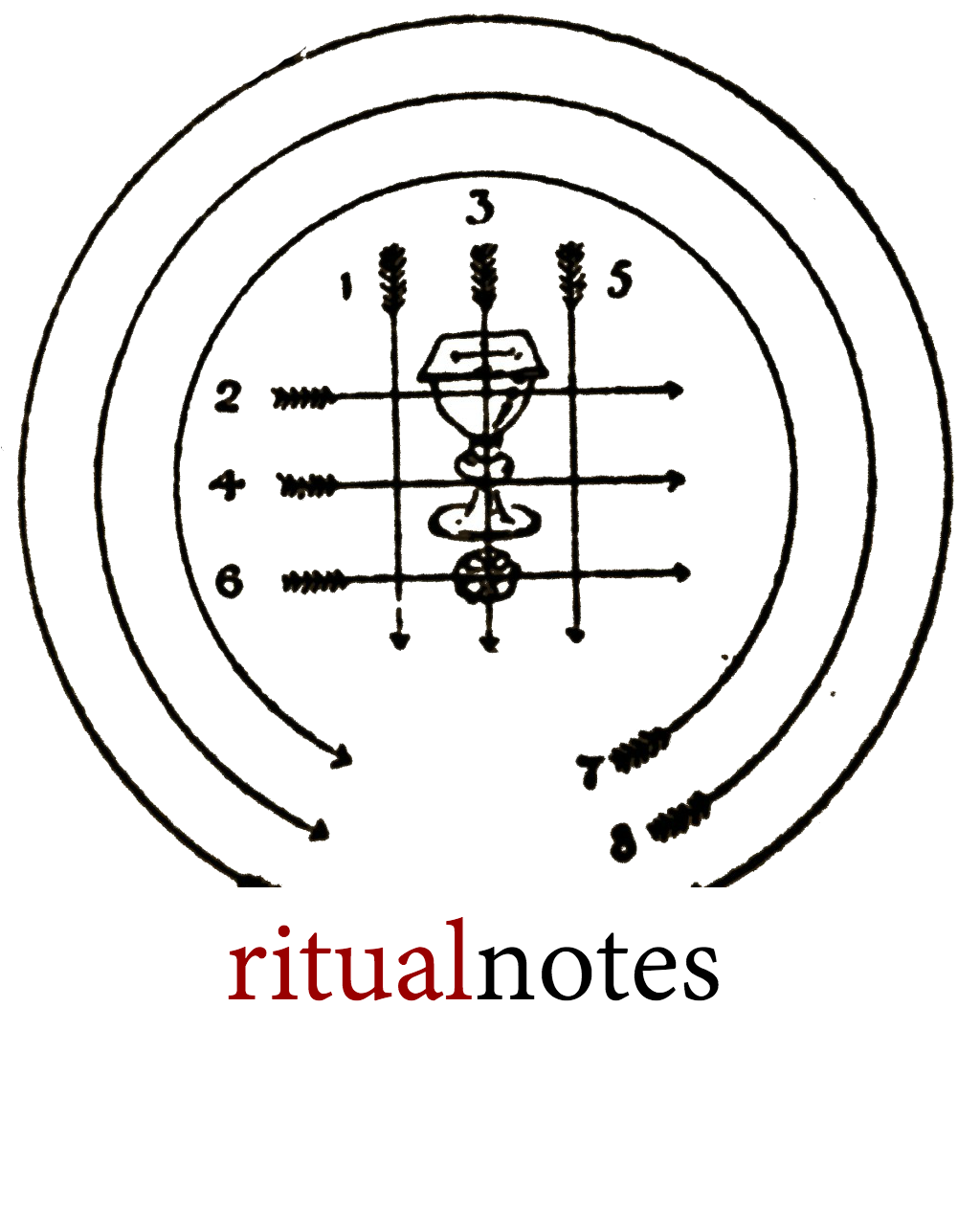14 years ago I walked into the Bishop of Georgia’s office in Savannah. For the past five years, I had been a student at a United Methodist seminary and had served two wonderful congregations in a pastoral capacity. At the point where my training was nearly finished and my path was becoming clear, I had a theological crisis, more specifically I had a sacramental crisis. I was convicted of the importance of apostolic succession (and the theology of ordination) and Real Presence of Christ in the Blessed Sacrament. I knew if I stayed in the United Methodist Church out of duty and yet against my conscience, I would kill every congregation to which I was appointed and that horror would certainly wound me.
But I loved John Wesley and I loved what Methodism had done for me. The United Methodist Church introduced to me to Jesus and the power of liturgy. I felt called to serve God in this tradition. I remember quite distinctly feeling the power of the liturgy one Maundy Thursday, and to this day I cannot get through a Solemn High Mass on Christmas Eve without thinking about singing Silent Night with candles in the church I was raised.
In this theological and sacramental crisis, I felt I was both betraying my conscience and betraying the people and tradition that raised, nurtured, and supported me. I explored the Orthodox Church and I dearly loved it and still do. Honesty required me to admit that I am too western in thought and theology. The Roman Catholic Church did not accept married clergy, and I felt so clearly a call to parish ministry, later to be understood as the priesthood. So I explored the most logical place – the church of John Wesley, or at least its American expression, the Episcopal Church.
When I walked into the office of the Bishop of Georgia, I knew I was risking much and I was afraid I would throw away even more. But all of that anxiety went away the moment I saw this icon. Hanging in the diocesan office was an icon written by Louise Shipps, the wife of the 8th Bishop of Georgia, of John and Charles Wesley. On the left was Charles Wesley, holding Christ Church, St Simon’s Island, of which he was vicar. His left-hand holds a page with the words of one of his best-known hymn, “Love divine, all loves excelling.” On the right is John Wesley, holding either a Bible or a Prayer Book (I’m not sure). Between the two brothers is Christ Church, Savannah, where John was vicar.
I saw this icon as a message of assurance. By coming to the Anglican tradition you are not amputating your history, you are fulfilling it. This icon gave me so much hope and confidence. A year later that same bishop ordained me as a priest.
On this feast of John and Charles Wesley I give thanks for warmth of their hearts that gave the light and heat of faith to the generations that followed. And I’m thankful for where I’ve been called. I’m often out of step with the Episcopal Church but for well-being or woe, this is where I’ve been called, and this is where I shall serve. A charge to keep I have; a God to glorify.














